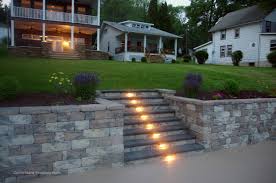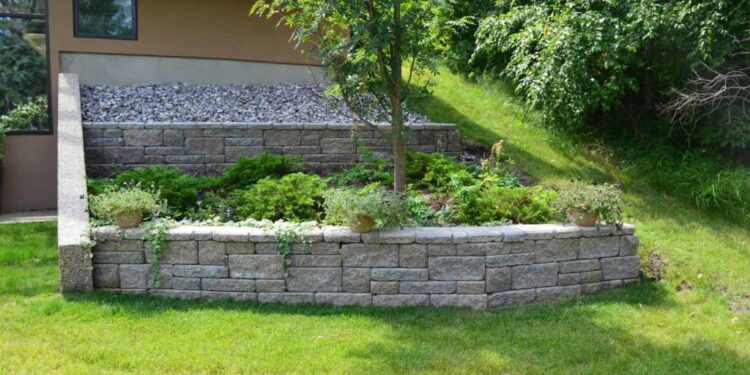Introduction:
Wall Retaining serve both functional and aesthetic purposes in landscaping and construction projects. From preventing soil erosion to creating terraced gardens, these structures play a crucial role in stabilizing sloped terrain. However, building a durable and effective retaining wall requires careful planning, precise construction techniques, and ongoing maintenance. In this comprehensive guide, we’ll explore everything you need to know about designing, constructing, and maintaining retaining walls.
Designing Your Wall Retaining:
Before breaking ground, it’s essential to design your retaining wall with careful consideration of various factors. Start by assessing the site’s topography, soil composition, drainage patterns, and the intended purpose of the wall. Determine the height and length of the wall, as well as any additional features such as steps or curves.
Next, select the appropriate materials for your retaining wall. Options range from traditional stone and concrete blocks to more modern alternatives like interlocking concrete panels or timber sleepers. Consider factors such as durability, aesthetics, and cost when choosing materials.
It’s also crucial to adhere to local building codes and regulations regarding retaining wall construction. Obtain any necessary permits and consult with a structural engineer if needed to ensure the wall meets safety standards.

Constructing Your Retaining Wall:
Once you have a solid design plan in place, it’s time to start construction. Begin by preparing the site, excavating the area where the wall will be built and creating a level base. Proper drainage is essential to prevent water buildup behind the wall, so consider installing drainage pipes or gravel backfill as needed.
Follow the manufacturer’s instructions carefully when assembling your chosen materials. Whether you’re stacking stone blocks or pouring concrete, precision is key to building a structurally sound retaining wall. Use a level and string line to ensure the wall is straight and evenly aligned throughout the construction process.
If your wall will be particularly tall or supporting heavy loads, consider adding reinforcement such as geogrid or steel anchors to enhance stability. These reinforcements can help distribute pressure and prevent bulging or collapse over time.
Maintenance Tips for Longevity:
Once your retaining wall is in place, proper maintenance is essential to ensure its longevity and effectiveness. Regularly inspect the wall for signs of damage, including cracks, bulges, or erosion. Address any issues promptly to prevent further deterioration.
Keep the area behind the wall free of debris and vegetation, as plant roots can weaken the structure over time. Additionally, ensure that drainage systems remain clear and functional to prevent water buildup, which can increase pressure on the wall and lead to failure.
During the winter months, take precautions to protect your retaining wall from frost heave and ice buildup. Consider applying a waterproof sealant to prevent water infiltration and damage from freeze-thaw cycles.
Finally, schedule periodic professional inspections to assess the condition of your retaining wall and address any maintenance or repair needs. With proper care and attention, your retaining wall can provide years of reliable service and enhance the beauty and functionality of your landscape.
Conclusion:
Wall Retaining are versatile structures that offer both practical and aesthetic benefits in landscaping and construction projects. By carefully designing, constructing, and maintaining your retaining wall, you can ensure its durability and effectiveness for years to come. Whether you’re tackling a DIY project or hiring professionals, following the guidelines outlined in this definitive guide will help you achieve success in your wall retaining endeavors.
Understanding the science behind different types of retaining walls is essential for selecting the most suitable option for your needs. Whether you’re dealing with a steep slope, soft soil, or limited space, there’s a retaining wall solution that can help you achieve your goals effectively and efficiently.







